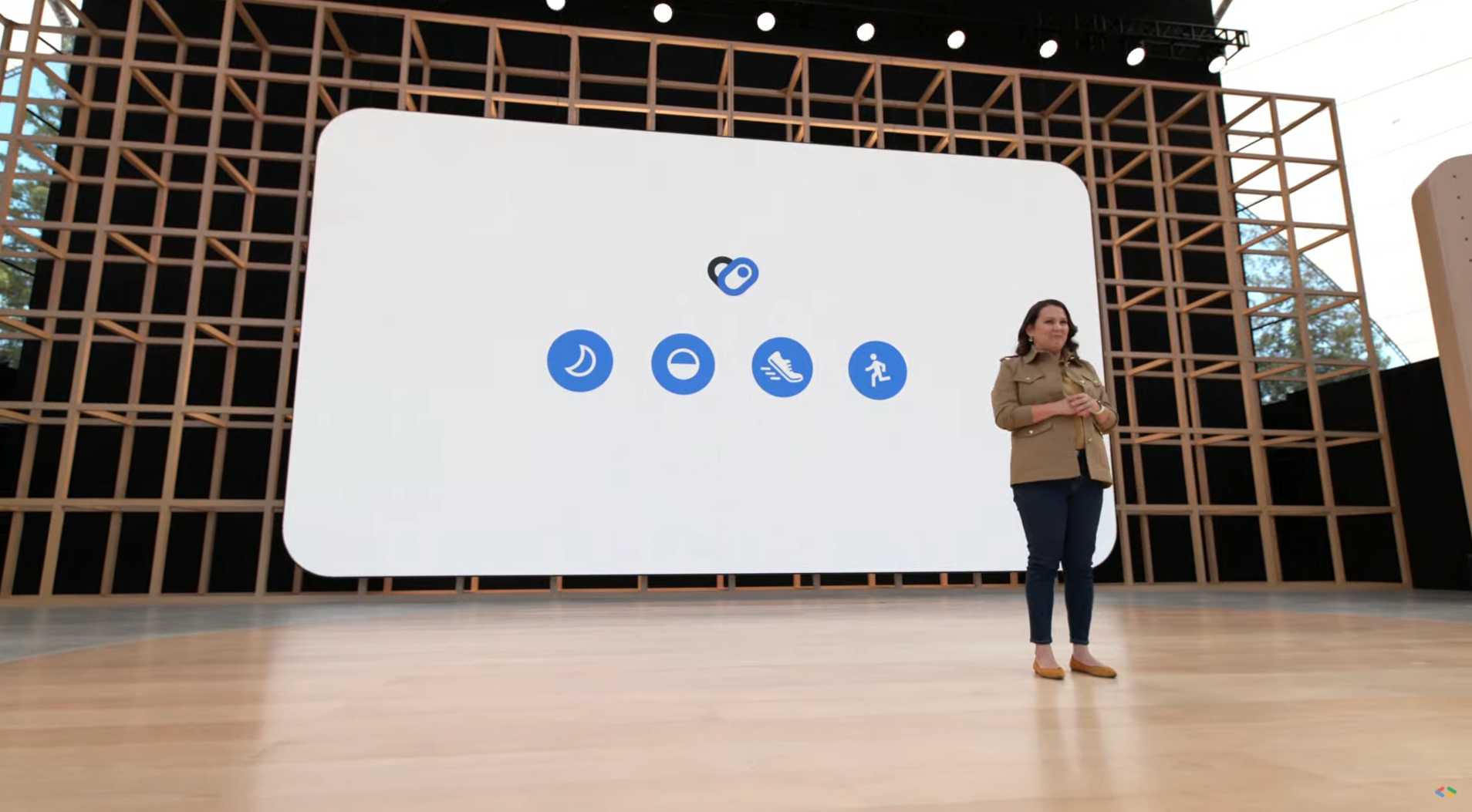At its Google I/O developer conference, Google and Samsung today announced Health Connect, a new initiative that will simplify the connectivity between health and fitness apps to allow users to share their data across apps.
Currently, accessing and syncing this data this relatively difficult for developers, so Health Connect will give them a series of services and APIs to make this easier.
“Health Connect lets you store and access health-related information across devices with user consent, taking out all the boilerplate code, taking care of the security issues, but also allowing you to mash up that information,” Sean McBreen, who leads developer experience for Android at Google, told me in a briefing ahead of today’s announcement. He stressed that like with all things Wear OS, Google worked closely with Samsung on this project, so going forward, apps like Google Fit, Samsung Health, MyFitnessPal, Leap Fitness, Withings and others will also start using this new API, which will give these services a new sync surface on the device.
Essentially, Health Connect will function as the on-device clearinghouse for health and fitness data. Indeed, all of the data is on the device and encrypted to ensure privacy. “Users will have full control over their privacy settings, with granular controls to see which apps are requesting access to data at any given time,” Google explains. This also means users can easily shut off access or delete data as they see fit.
One neat feature: if multiple apps provide the same data, users can choose which one to prioritize.
The beta of Health Connect is now available to developers on Google Play so they can start building on top of it and testing their apps.


